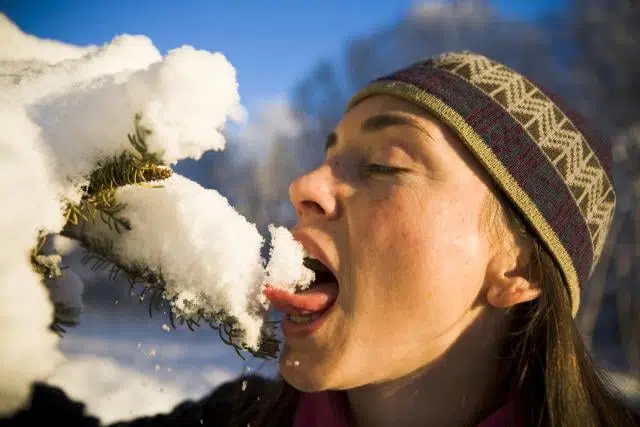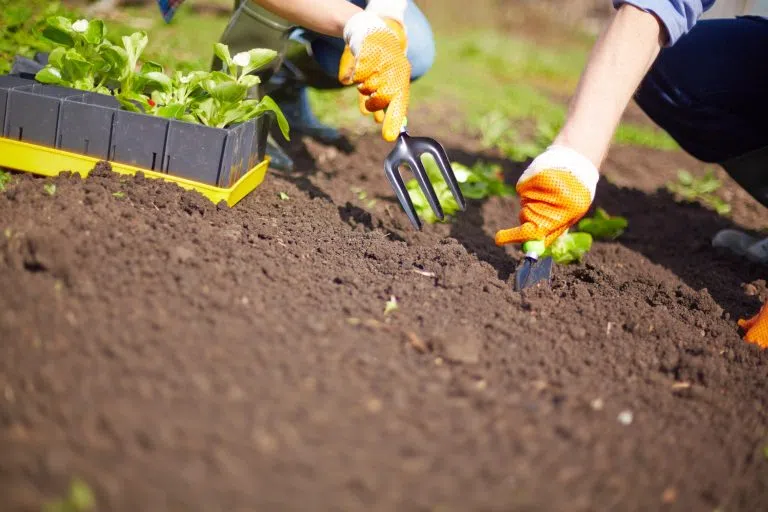Snow is currently blanketing southern Ontario, some people see it as a nuisance coating sidewalks and roads with a slushy mess. Others are celebrating it as an excuse to spend the day swooshing down a hill or enjoying the scenic look, others may adventure to eat it. Snow is one of the first “wild” foods humans learn to forage, but time has passed and things have changed about the content of snow. Today’s snow is made of many things depending on where it falls, things like sulfates, nitrates, formaldehyde or mercury. Snow, with its intricate latticework, forms a sort of net for catching pollutants that may be in the atmosphere. The most common is black carbon, or soot, released by coal-fired plants and wood-burning stoves and car exhaust. Snow acts like a kind of atmospheric “scrubbing brush, it can be full of auto emissions and bacteria. A physical chemist in the U.S. definitely does not suggest his young kids to eat snow. Snow at all levels is still well below toxic, but do you really want to ingest it’s impurities?…..Ed
Source: ANNE BRAMLEY/ Rachel Schoutsen/Photo: chemistry.about dot com








Comments